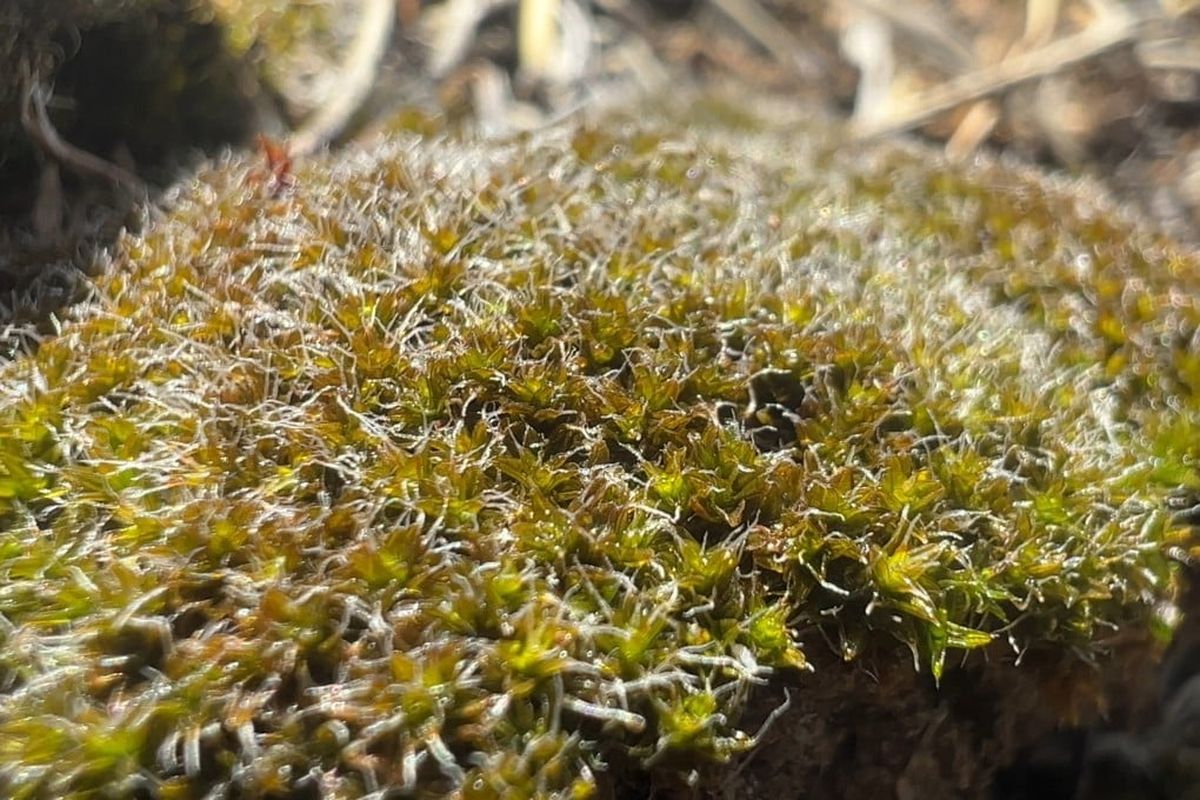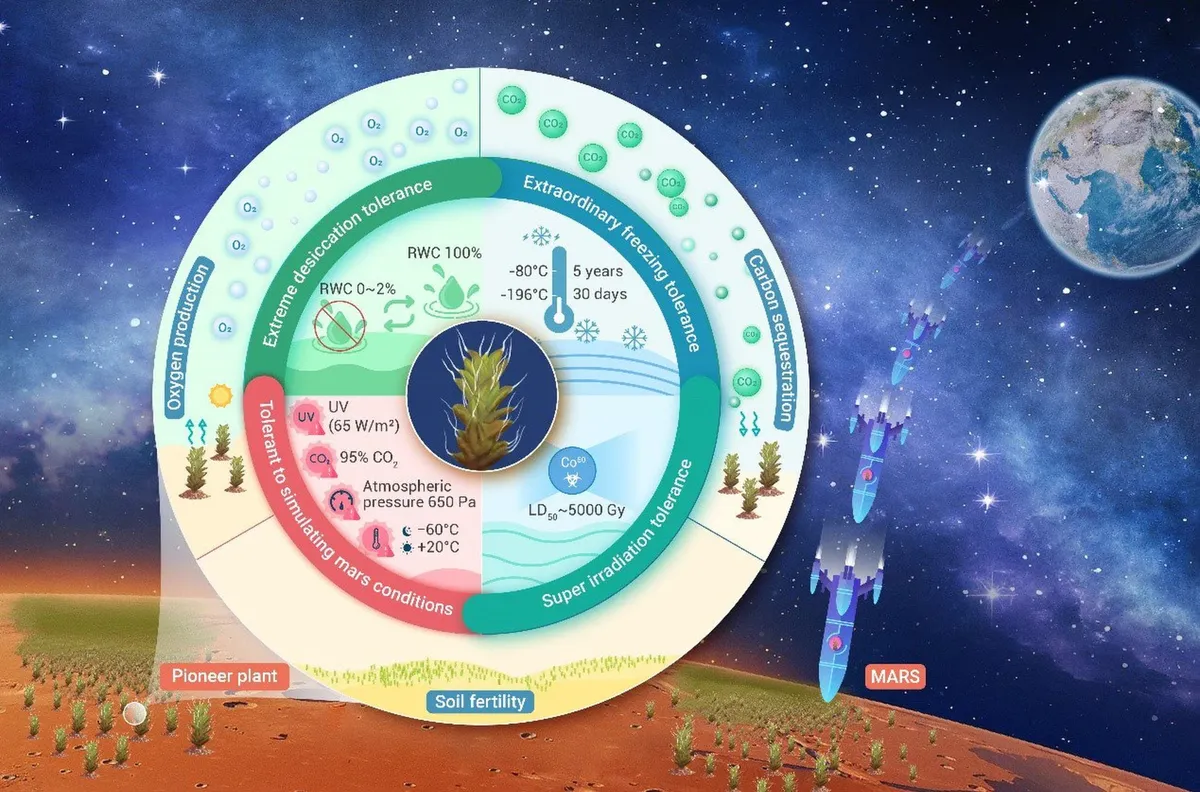►You may also be interested in: Astronomy discovery made by NASA that affects the history of the universe
A discovery that opens the door to Mars
The research was published in The Innovation Portal. As the scientists explained, planThe dehydrated woman revived “seconds later” and immediately resumed all her activities: photosynthesising and converting carbon dioxide into oxygen.
“Although we still have a long way to go to create self-sustaining habitats on other planets, we are demonstrating its great potential. S. Canine Nerves as Plant Precursor to development Tuesday”, The researchers revealed in their work.
This is Plant “Represents a promising candidate as a colonizer to facilitate terraforming tuesday Help others drive necessary atmospheric, geological and ecological processes Floors and higher animals,” they added, indicating a possible use of this algae in space exploration.
How long can plants survive on Mars now?
Despite all its characteristics, its current state makes it an ideal candidate for space travel Syntrichia caninervis I can only survive for a week tuesday, As demonstrated in implemented simulations.
The researchers They took some algae samples to a simulation room at the National Space Science Center in Beijing, where they simulated the Martian environment.
It occurred with an air composition of 95 percent carbon dioxide, temperatures ranging from -60 to 20 degrees Celsius, and radiation levels similar to those found at the surface. tuesday
►You may also be interested in: Valuable invention that can be seen in the shadows after 20 years
Li and his team was discovered that Floors After exposure to Martian conditions for one, two, three and seven days, the dried algae recovered completely within 30 days.
The next step for the team is to send Floors into space to expose them to the extreme cold of the vacuum. If they can, they will try to bring the algae to the surface of the moon and to Mars.







:quality(85)/cloudfront-us-east-1.images.arcpublishing.com/infobae/KTKFKR763RBZ5BDQZJ36S5QUHM.jpg)